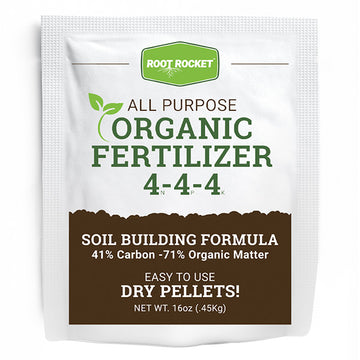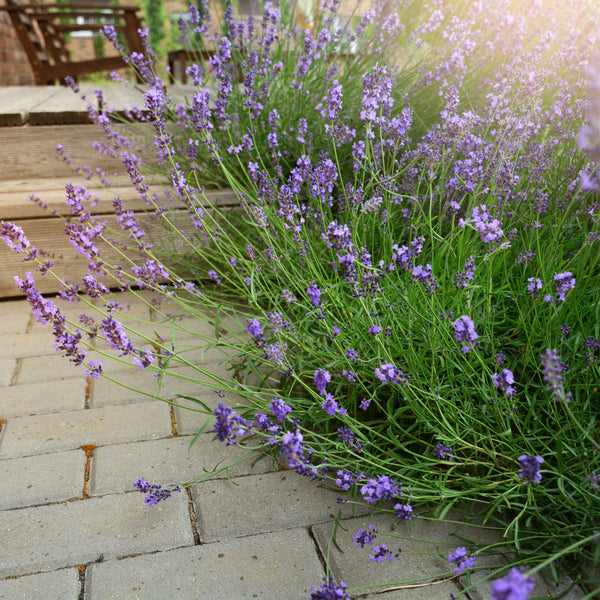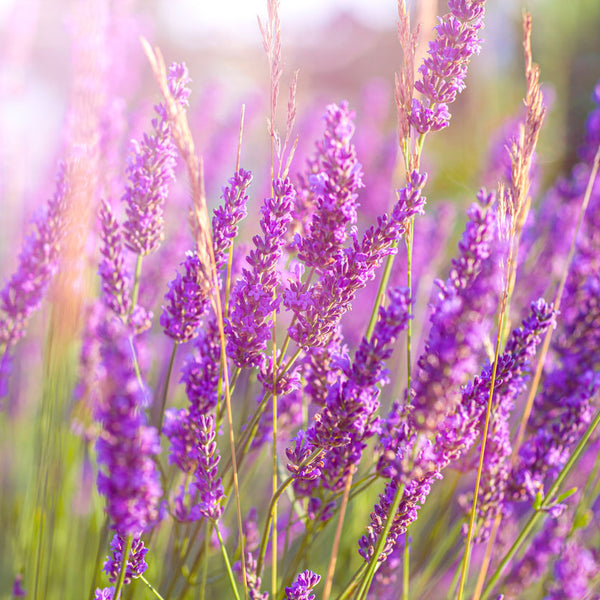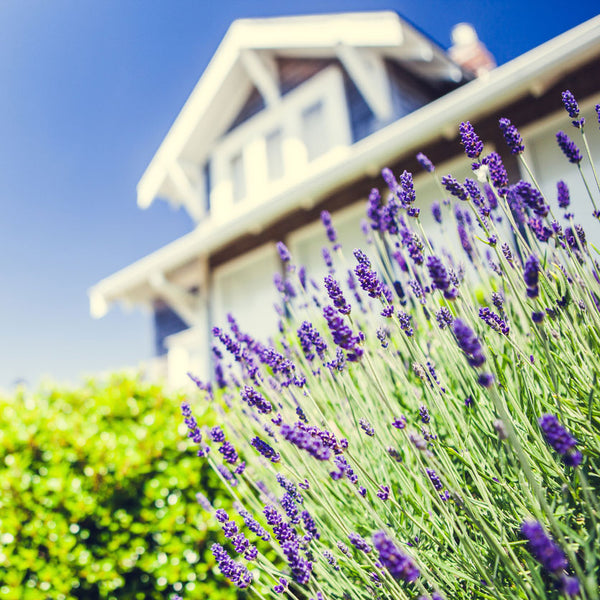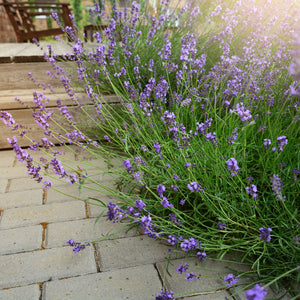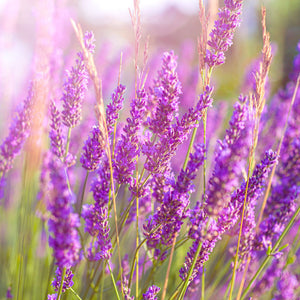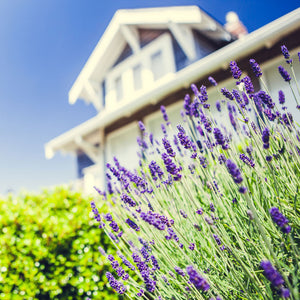Phenomenal™ Lavender Plant
Product Details
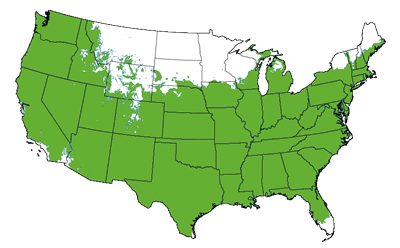 Growing Zones 5-9
Growing Zones 5-9
| Soil Type | Well Drained |
| Sunlight | Full |
| Drought Tolerance | Good |
| Mature Height | 2-3 Feet |
| Mature Width | 2-3 Feet |
| Growth Rate | Moderate |
| Bloom Color | Purple |
| Shipping Restriction | AZ |
For a hardy and reliable perennial plant with a luxurious scent, you can’t go wrong with Phenomenal Lavender! Unlike other lavender varieties, this plant is resistant to heat and humidity, hot humid summers, and is cold hardy. Plus, it can withstand most diseases, pests, and even deer!
This fragrant and colorful plant will spruce up any yard, patio, or garden space. It’s also perfect for a butterfly garden since it attracts pollinators and other non-harmful wildlife. Looking for a plant that is both beautiful and useful? You can use the Phenomenal Lavender plant in candle making and soapmaking. Or, you can add it to teas and baked goods for a calming and sweet scent.
Phenomenal Lavender is tolerant of most weather conditions, making this plant perfect for most hardiness zones. Plus, its compact size makes it great for growing in containers on decks and patios. The classic purplish-blue color of this English lavender hybrid variety adds vibrance to any green space. What’s special about the Phenomenal Lavender plant, though, is its potent fragrance. It’s one of the most fragrant varieties you can buy.
Are you dreaming of growing your own lavender plants? Buy the Phenomenal Lavender Plant today!
Can it be planted with other foliage and plants?
Phenomenal Lavender can easily be incorporated into any plant bed. We recommend that you allow a 2-foot radius between this lavender plant and other plants, to allow it ample growth space.
Is lavender pet-safe?
While the smell can have a calming effect on pets, they should not ingest the plant. It can cause lavender poisoning.
Is Phenomenal Lavender edible?
This variety of lavender is edible and commonly used for tea, baked goods, and aromatherapy.
When does Phenomenal Lavender bloom?
This lavender variety blooms faster than others. You can expect continuous blooms from late spring through early fall in most grow zones.
How long does it take for lavender to reach maturity?
It typically takes lavender two years to reach full size, and it will last a good 15 years with proper care and maintenance.
Planting
Growing lavender is easy in USDA zones 5-9. However, before planting, ensure that your planting location receives at least 6-8 hours of full sun per day. It will also need to have well-draining soil that isn't highly acidic. Planting it in an area with good air circulation is ideal. The Phenomenal Lavender plant loves sandy, loose soil, but can also tolerate mixed clay soil as long as it drains well. Lavender does not like boggy soil or soils that retain moisture and are rich in compost material.
Note: lavender makes a great companion plant. However, don't grow them alongside azaleas, rhododendrons, camellias, or roses, as the soil is likely too acidic for lavender to thrive. Lavender prefers alkaline soil, and can only tolerate mild acidity. If you find that your soil is too acidic, you can always add a horticultural lime amendment to your soil before planting.
We suggest planting your lavender in the spring to allow it to become established and resilient before the first winter season. If planting in spring isn't an option, late summer, or early fall is the next best time. Planting in the heat of the summer or during the coldest months of the year is never a good practice.
Dig a hole large enough to accommodate the root ball. Loosen the soil, and place the plant. Backfill the hole, and lightly tamp the soil to prevent air pockets from forming.
If planting in a container, select a pot that's about two sizes larger than the container it arrived in. Using a quality potting mix, place your plant. Then fill it with the soil mix, leaving a couple of inches at the top. Give the potted plant a good drink of water and place it in front of a south-facing window or on a sunny patio or deck.
Watering
Newly-planted lavender requires more care and attention than mature plants. We suggest that you water well right after planting and then every 2 to 3 days for the first week. Once roots have been established, you can water once every 3 to 4 days for the first month and then once every two weeks until late fall. Do not water in winter or when the plant is dormant.
Once your young lavender plant is established, it's fairly drought-tolerant. If you're not sure when to water, stick your index finger into the soil. If it feels dry, add just enough water to moisten the area. Phenomenal Lavender likes slightly damp soil, but it doesn't like wet soil. So be sure to avoid overwatering, as it encourages fungal disease and root rot. A tell-tale sign that your lavender plant has been overwatered and is in distress is drooping flowers and brown foliage. These are often the first signs of root rot and fungal disease.
Fertilizing
While this step isn't necessary, a yearly feeding with a quality liquid fertilizer will improve the flower color as well as encourage prolific flowering throughout the season. However, be aware that an excess of nitrogen will stimulate foliage growth and fewer flowers. Leaves may even turn yellow, which is a sign that your lavender has taken in too much nitrogen. It's always better to under-fertilize than over-fertilize your lavender plants.
Maintenance
We suggest pruning in the spring after the coldest part of winter has passed. Alternatively, you can also prune in early fall, before temperatures drop too significantly. Proper pruning includes removing dead or damaged areas. However, if you want to shape your lavender plant, this is also the time to do that. Aside from occasional pruning, Phenomenal Lavender actually thrives on neglect. This is great news for gardeners who prefer a hands-off approach wherever possible.
Lavender adds gorgeous color and texture to your landscape. It's beautiful along walkways or in flower beds. Some great companion plants for lavender include echinacea, rosemary, and sage. It also does well near fruit bushes such as the Raspberry Heritage plant. Lavender is a lovely addition to porches, decks, and patios when planted in pots.

